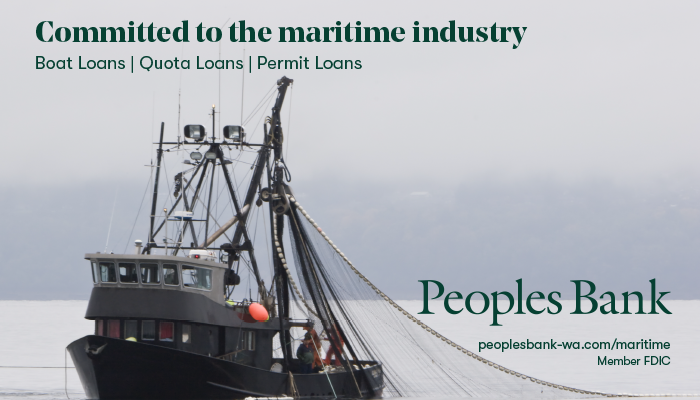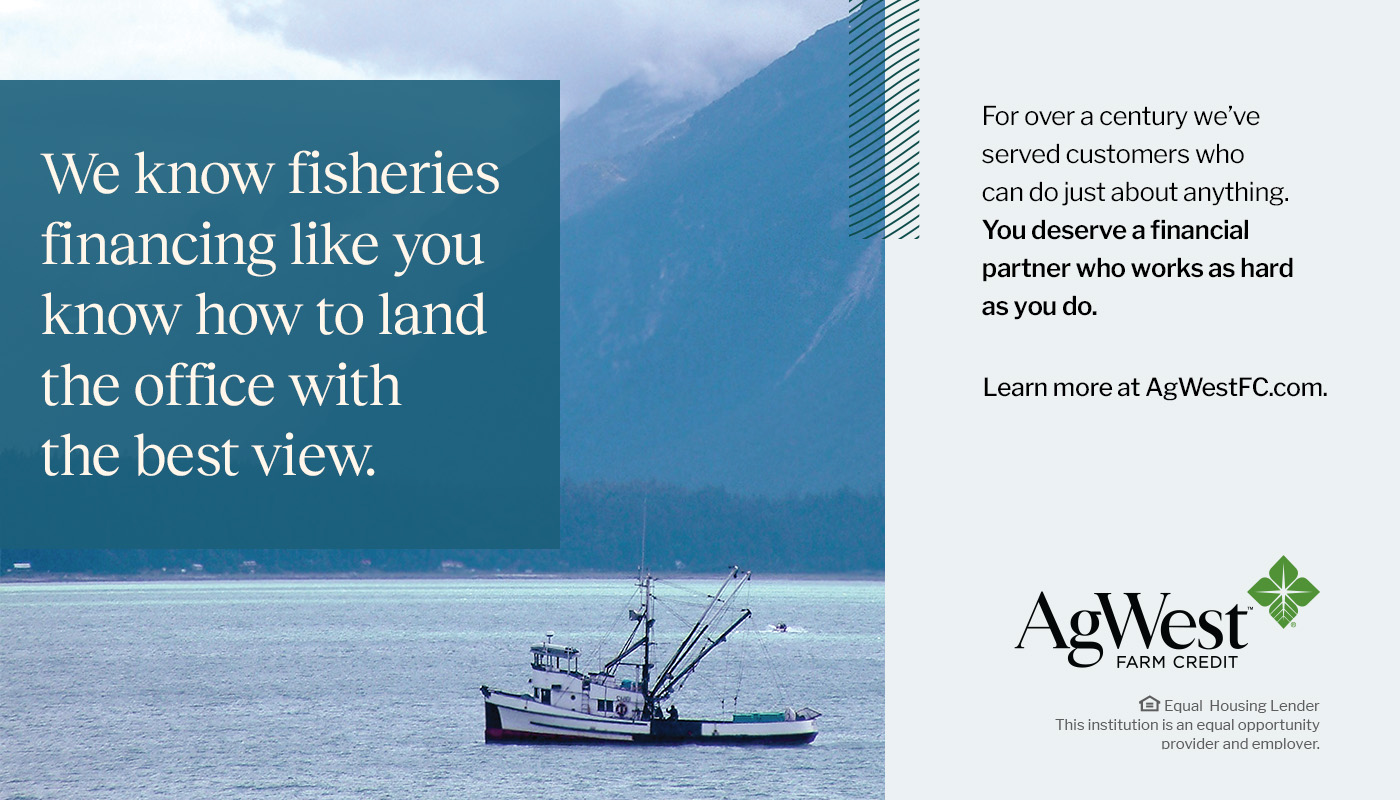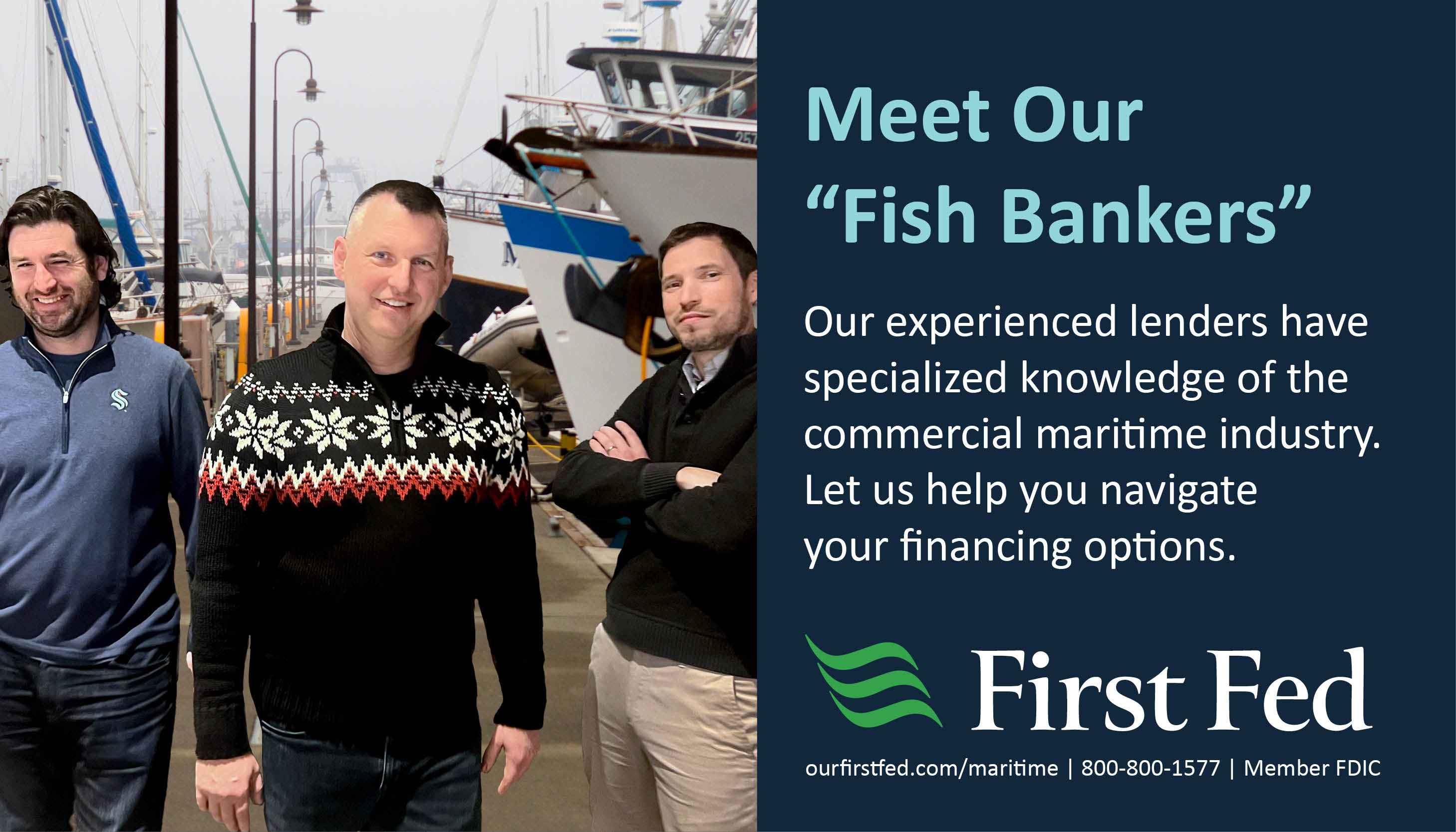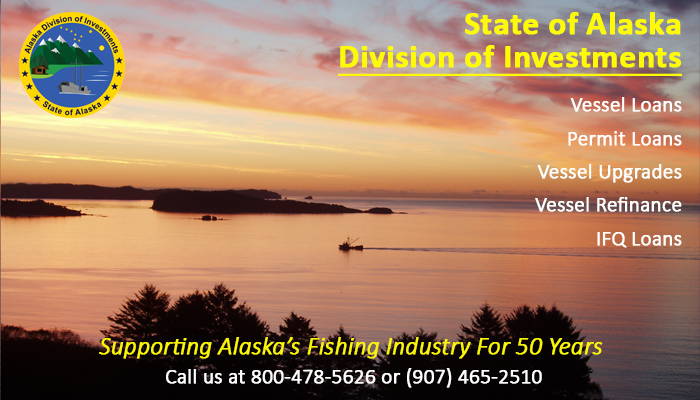Fish Factor by Laine Welch
January 29, 2021
Pacific halibut harvesters got some rare good news last week: increased catches in 2021 along with a longer fishing season.
At its annual meeting that ended on January 25, the International Pacific Halibut Commission boosted the coastwide removals for 2021 to 39 million pounds, a 6.53% increase over last year. It includes halibut taken in commercial, sport, subsistence, research, personal use and as bycatch for fisheries of the West Coast, British Columbia and Alaska. A total of 278 individual Pacific halibut stakeholders attended the meeting via an electronic platform.
For commercial fishermen, the halibut catch limit of 25.7 million pounds compares to a take of 23.1 million pounds in 2020.
Alaska gets the largest chunk of the Pacific harvest at 19.6 million pounds, compared to just over 17 million pounds last year.
All Alaska regions but one, the Bering Sea, will see increased catches. Here is the breakdown in millions of pounds provided by Alaska Boats and Permits in Homer with percentages of change from 2020:
Southeast (Area 2C)--3.53m (+3.52); Central Gulf (3A)—8.95m (+26.95); Western Gulf (3B)—2.56m (+6.22); Aleutian Islands (4A)—1.66m (+17.73); Aleutian Islands (4B)—1.23m (+11.82); Bering Sea (4CDE)—1.67m (-3.47).
A total of 6.29 million pounds is allowed to be taken as “discard mortality” from all regions combined.
The halibut fishery also was extended by one month and will run from March 6 to December 7.
Kodiak launches first oyster crop - A Kodiak entrepreneur is introducing his first batch of oysters in time for Super Bowl slurping. Erik O’Brien who grew up in Kodiak and has fished his family salmon setnet sites his whole life at Larsen Bay has proven it’s a pearl of a place that is perfect for oyster-growing. His oyster farm is the fruition of a plan he put in place nearly a decade ago.
“Larsen Bay might have some of the best growing waters we've seen in Alaska,” he said. “It is a relatively large body of water with an extremely narrow opening, so it's very protected in a fjord. It warms up and it's got our big Kodiak tides, so there's a lot of tidal flow. And it faces Southwest Alaska, which is a whole bunch of wind with a lot of energy and stirring up of nutrients. That really seems to promote the growth.”
The superb growing conditions have O’Brien’s oysters reaching market size in little over two years compared to the more typical four or five years. He also credits his floating culture system that will eventually span 20 acres.
“There are black bags tied together on a long line with floats on one end of the bags and they float in four inches of water. And that has some other benefits, because my oysters are really clean as they're on the top of the water,” he said. “Most of the nutrients in the water column are on the top where the sun is. And on top of that, the black bags suck up some extra solar heat. There’s a belief that those bags and that solar heat have led to the more rapid growth. They grow much faster than I anticipated.”
Right now, O’Brien is only using about a half-acre site which should yield 150,000 oysters by September. His goal is to double production each year.
“My farm layout is long and skinny, so I can put eight 600-foot shackles in one line, and the site is 160 feet wide and I can put 8 strings 15 feet apart, so I can have 11 strings. Each string can hold about 500,000 full grown oysters. So I could eventually have 5.5 million full-grown oysters allowing me to sell about 2 million oysters per year,” he added.
The fledgling oyster farm already has put two people to work, which is another of O’Brien’s objectives.
“Part of the goal was to create a sustainable business and bring jobs and opportunity back to our community,” he said. “In a very small way that has started, and I'm hoping that it will continue and I'm able to provide new opportunities for folks who want to live in Larson Bay full time.”
Meanwhile, local oyster orders already are flooding into Island Seafoods, Kodiak’s retail store and custom processing outlet, a division of Pacific Seafoods.
“I'm thrilled to be featuring Kodiak oysters,” said Ian Whiddon, store manager. “I’ve been selling live shellfish here at Island Seafoods for over 20 years, and I've always sourced them from other parts of the state or from the Pacific Northwest. So I'm really thrilled to be featuring local oysters.”
Whiddon said they are some of the best he’s ever tasted and he hopes Island Seafoods can soon help distribute O’Brien’s Kodiak oysters throughout Alaska and the Lower 48.
Board of Fisheries back up - Board of Fisheries (BOF) meetings focused on Southeast Alaska, Prince William Sound and statewide shellfish have been postponed from this spring to the fall. The Fish Board voted on the delay due to Covid virus concerns at a January 25 virtual meeting.
“I’m just basing on the most logical assumption that this year, this spring anyway, is pretty much toast as far as how this COVID thing is going up and down. One day it’s good and the next day it’s not. It would be irresponsible to try and continue these meetings like we had planned,” said John Jensen of Petersburg, the only board member from a coastal community.
The BOF focus on regional issues every three years for commercial, sport, subsistence and personal use fisheries. The current lineup includes 79 proposals for Prince William Sound, 155 for Southeast and 42 for statewide shellfish issues.
The delay means back-to-back meetings for those regions this fall, possibly into next year, followed directly by fish issues for Bristol Bay, the Alaska Peninsula, and the Arctic/Yukon/Kuskokwim regions. No dates have been set yet for either round of meetings.
The shuffle could cost the Alaska Department of Fish and Game an extra unbudgeted $250,000. That would require a supplemental appropriation from the legislature, said ADF&G Commissioner Doug Vincent-Lang.
“I’m supportive of trying to do this, but I just want you to know at the end of the day that there’s going to be potentially some impact if we can’t get that money through the legislature. And there is going to be some impact to board meetings as a result of divisional support attending those meetings. But again, we’ll do our best to try and power through that,” he said.
Meanwhile, the status of unconfirmed Fish Board members is still being litigated. They were not vetted or confirmed by state lawmakers due to Covid cutting into the legislative session. Governor Dunleavy insists his appointees can remain, but Rep. Louise Stutes (R-Kodiak) said not so fast.
“Currently we have four sitting members, three new members and one old member, that have not been confirmed and they are making decisions and some of them just don’t have the experience. And they have the opportunity to make monumental decisions affecting people’s livelihoods,” Stutes said during a United Fishermen of Alaska webinar.
Stutes has filed a bill – HB28 – that would allow board members to participate but not vote until they are confirmed in a joint session, except under unusual circumstances.
Stutes and Rep. Bryce Edgmon (I-Dillingham) said they feel strongly that the board appointees will go through a joint legislative hearing process.
Find more at www.alaskafishradio.com






